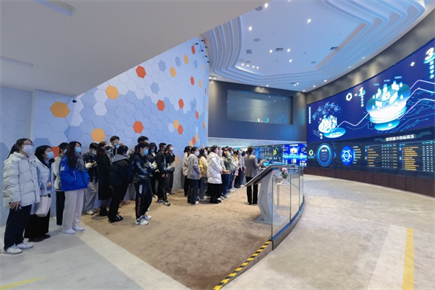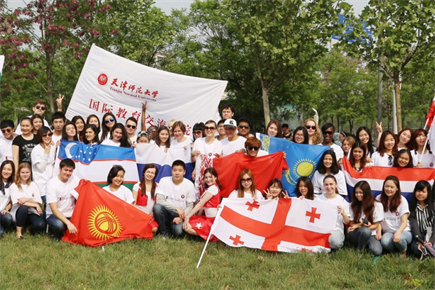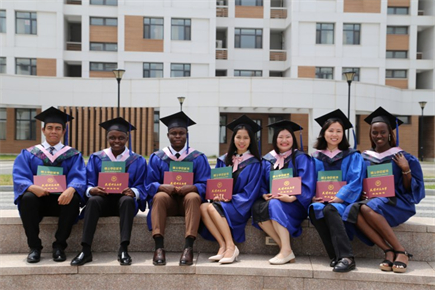The "Report on the Physical Phenotype Survey of the Chinese Ethnic Groups", co-edited by Professor Zheng Lianbin from the School of Life Sciences of Tianjin Normal University (TNU), has recently been published by China Science Publishing & Media Ltd.
This monograph is one of the achievements of the national key project "Investigation of Anthropological Phenotypic Characteristics of the Physical Constitution of Chinese Ethnic Groups," with TNU serving as the leading institution for this project.
The monograph includes two parts: an introduction to the ethnic groups, which introduces population, distribution, language, geographical location and climate characteristics of the measurement site, sample size, and age distribution of the sample; and the phenotypic data of the ethnic groups, which includes measurement indicators for the head, face, and body, observational indicators for the head and face, physiological indicators of the human body, skin patterns, joint mobility, and other related content. In this project, TNU undertakes the research topic of "Investigation of Basic Anthropological Phenotypic Characteristics of Minor Ethnic Groups such as the Tibeto-Burman Language Group".
Zheng Lianbin, Yu Keli, and Zhang Xinghua, from the School of Life Sciences, undertook the writing work for 18 Chinese ethnic groups.
The anthropological phenotypic data of Chinese ethnic groups is an important foundation for the Chinese people to better understand themselves. It serves as the primary basis for analyzing the physical characteristics and types of Chinese ethnic groups, enabling the accurate depiction of the phenotypic profile of the Chinese nation, in-depth analysis of physical characteristics and differences, and the systematic revelation of the occurrence and development mechanisms of various phenotypes. Simultaneously, it provides fundamental data support for a wide range of fields in China, including national defense technology, transportation, criminal investigation, architectural design, healthcare, science and technology education, physical exercise, military recruitment, furniture design, and clothing production.
This monograph took 9 years to complete and is currently the latest and most comprehensive monograph on physical phenotype data in China.











